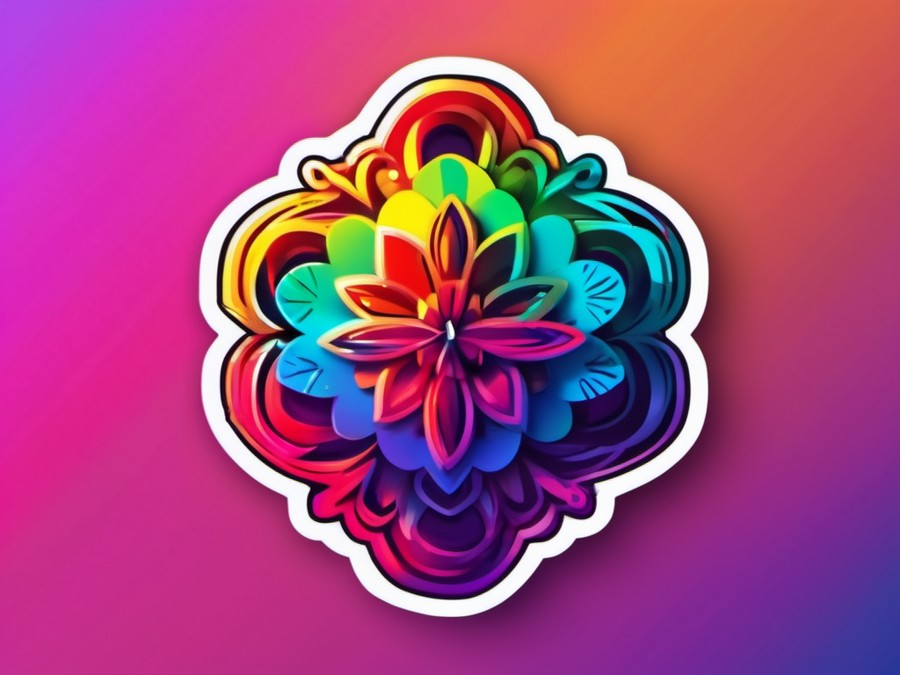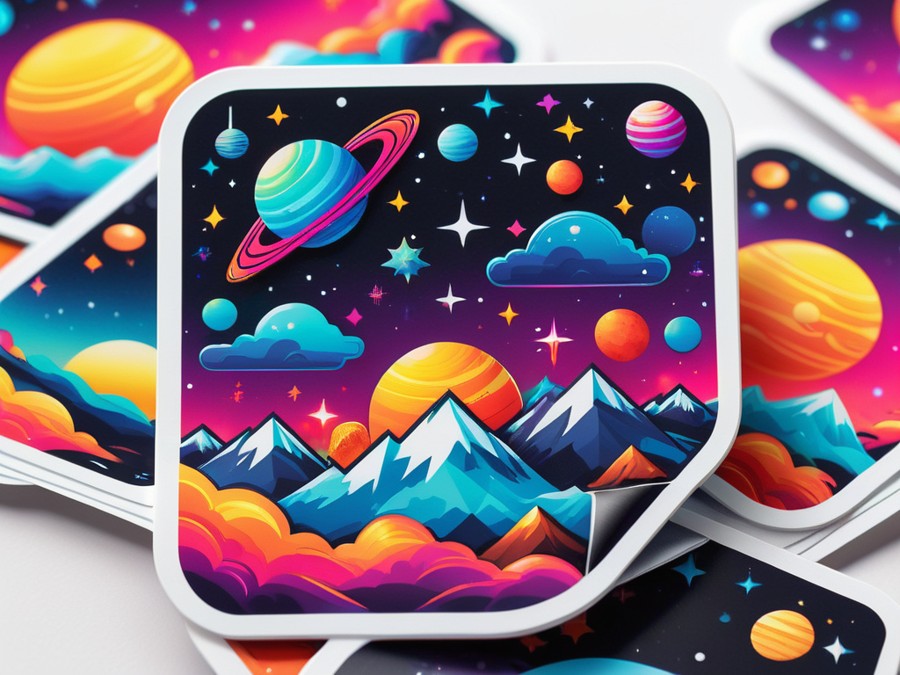· Charlotte Will · Photo Studio · 8 min read
What is a Macro Photo Studio Setup and Its Essential Components
Learn how to set up a macro photo studio from scratch and discover the essential components needed for capturing stunning close-up images.

Understanding the Allure of Macro Photography
Macro photography is like diving into a magical world. It’s that close-up shot of a dewdrop on a leaf, the intricate pattern on a butterfly’s wing, or even the texture of a tiny pebble. It’s all about capturing the details that our naked eye often overlooks, and doing so with stunning clarity. So, why should you consider setting up a macro photo studio?
Well, for starters, it’s incredibly rewarding. There’s a sense of discovery and adventure that comes with macro photography. Plus, it can be done indoors, which means you’re not at the mercy of the weather. And let’s not forget, it’s a great way to showcase your creative side.
Setting up Your Macro Photo Studio
Before we dive into the essential components, let’s talk about setting up your studio. You don’t need a sprawling space—a corner of your home will do just fine. The key is to have enough room for your subject and a tripod.
Space Considerations
A clutter-free area is ideal, but if that’s not possible, a clean desk or table will work. The goal is to minimize distractions and create a simple, controlled environment for your subjects. Sometimes, less really is more.
Lighting Basics
Lighting is crucial in macro photography. Natural light can be beautiful, but it’s unpredictable and often not strong enough for close-up shots. That’s where studio lights come in. They provide consistent, controlled light that helps you capture the details you’re after.
Essential Components for a Macro Photo Studio
Now, let’s talk gear. Each of these components plays a vital role in creating stunning macro photographs.
The Core: A Good Camera
Your camera is the heart of your setup. You don’t need the fanciest model, but a camera that offers manual modes is a must. This allows you to control the aperture, shutter speed, and ISO—all crucial for macro photography.
Lenses: The Key to Clarity
Macro lenses are specifically designed for close-up photography. They let you get really close to your subject while maintaining sharpness and detail.
Standard Macro Lenses
These are versatile and great for beginners. They typically have a 1:1 magnification ratio, which means they can capture an image of your subject that’s the same size as the subject itself.
Telephoto Macro Lenses
These are ideal for capturing subjects that might be skittish or dangerous (like insects or wildlife). They let you maintain a safe distance while still getting that close-up shot.
Tripod: Your Solid Foundation
A tripod is essential for stability. Macro photography often requires slow shutter speeds, and even the slightest movement can cause blurriness. A tripod helps you keep your camera steady and ensures sharp images.
Backgrounds: Setting the Stage
The background can make or break your photo. A simple, non-distracting backdrop is usually best. You can use a plain black or white sheet of paper, or invest in a roll of seamless background paper for a more professional look.
Lighting: Illuminating the Unseen
As mentioned earlier, lighting is key. Continuous lights are great for macro photography because they let you see the effect of the light before you take the shot. Flash can be tricky because it’s not always consistent, but with practice, it can produce stunning results.
Continuous Lights vs. Flash
What is a Softbox and How to Use It in Your Photo Studio Setup?
Reflectors and Diffusers: Controlling the Light
Reflectors help bounce light onto your subject, filling in shadows and creating a soft, even lighting effect. Diffusers, on the other hand, help to soften and spread out light, reducing harsh shadows.
Focus Rails: Precision in Motion
Focus rails allow you to move your camera forward or backward with precision. This is crucial in macro photography, where a slight change in distance can dramatically affect the image.
Additional Tools for Enhanced Control
While not strictly necessary, these tools can help you take your macro photography to the next level.
Macro Slides and Rails: Easy Adjustments
These are similar to focus rails but often come with a platform for your subject. They allow you to adjust the position of your camera and subject with ease.
Extension Tubes: Extending Your Capabilities
Extension tubes fit between your camera and lens, extending the lens’s reach. This allows you to get even closer to your subject without compromising image quality.
Reversing Rings: A Budget-Friendly Option
A reversing ring lets you mount your lens backwards on your camera. It’s a cheap way to get into macro photography, but it comes with its own set of challenges.
Close-Up Filters: Quick Adjustments on the Go
Close-up filters screw onto the front of your lens, allowing you to get closer to your subject. They’re not as high-quality as a macro lens, but they’re handy for quick adjustments.
Post-Processing Software: The Final Touch
No matter how skilled you are, there’s always room for improvement in post. Software like Adobe Lightroom and Photoshop can help you enhance your images, removing any imperfections and bringing out the best in your subject.
Tips for Capturing Stunning Macro Photographs
Now that you’ve got your setup, let’s talk about capturing those stunning shots.
Depth of Field: Mastering the Blur
Depth of field is a big deal in macro photography. It determines how much of your image is in focus. A shallow depth of field can create a beautiful blurred background, drawing attention to your subject.
Focus Stacking: Combining Sharpness
Focus stacking involves taking multiple shots at different focus points and then combining them in post. This creates an image that’s sharp from front to back—ideal for subjects with a lot of depth.
Experiment with Angles and Perspectives
Don’t be afraid to get creative. Try shooting from above, below, or even at an extreme angle. Sometimes, the most interesting shots come from unusual perspectives.
Common Challenges in Macro Photography
Macro photography isn’t always easy. Here are a few challenges you might face and how to overcome them.
Overcoming Shallow Depth of Field
A shallow depth of field can be beautiful, but it can also make it hard to keep your subject in focus. The key is to use the right aperture and focus point.
Dealing with Motion Blur
Slow shutter speeds can cause motion blur, especially if you’re handholding your camera. A tripod and a remote shutter release can help, as can using a faster ISO or wider aperture.
Managing Reflections and Glare
Reflections can be distracting in macro photography. Try using a polarizing filter or positioning your lights and reflectors carefully to minimize glare.
Macro Photography Techniques
Here are some techniques to help you create truly breathtaking images.
High-Key and Low-Key Lighting
High-key lighting is bright and contrasty, while low-key lighting is dark and moody. Each has its own unique effect, so experiment to see what you like best.
Using Natural Light vs. Artificial Light
Natural light can be beautiful, but it’s unpredictable. Artificial lights give you more control. Consider using a combination of both for the best results.
Shooting in Different Environments
Don’t limit yourself to indoors. With the right gear, you can shoot macro images outdoors too. It’s a whole new world of possibilities waiting to be explored.
Maintaining Your Macro Photo Studio
Lastly, let’s talk about keeping your studio in tip-top shape.
Keeping Gear Clean
Dust and dirt can ruin a shot, so it’s important to keep your gear clean. Regularly wipe down your lenses and check for any dust on your sensors.
Organizing Your Space for Efficiency
A well-organized space makes shooting a breeze. Keep your gear close at hand and have a system for storing and finding props and backgrounds.
Conclusion
Setting up a macro photo studio is an exciting venture into the world of close-up photography. With the right gear and techniques, you can capture stunning images that reveal the beauty of the microscopic world. Whether you’re a beginner or an experienced photographer, there’s always more to learn and discover in macro photography.
FAQs
What is the best lens for macro photography?
The “best” lens depends on your camera and what you’re shooting. Standard macro lenses are versatile, while telephoto macro lenses are great for distant subjects.
Can I use a regular lens for macro photography?
Yes, you can. Extension tubes and close-up filters can help you achieve macro shots with a regular lens. However, they might not produce the same quality as a dedicated macro lens.
How do I improve my macro photography skills?
Practice is key. Shoot regularly and experiment with different subjects, angles, and lighting setups. Also, don’t be afraid to learn from others—there are plenty of resources and communities out there.
What kind of lighting should I use for macro photography?
Continuous lights are ideal because they let you see the effect of the light before taking the shot. However, flash can also produce stunning results with practice.
Can I shoot macro photography outdoors?
Absolutely! With the right gear, you can capture stunning macro images outdoors. Just be prepared for the challenges that come with shooting in natural light and environments.




